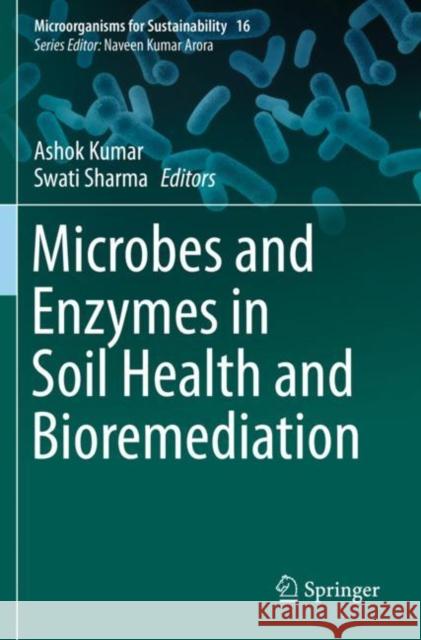Microbes and Enzymes in Soil Health and Bioremediation » książka
topmenu
Microbes and Enzymes in Soil Health and Bioremediation
ISBN-13: 9789811391194 / Angielski / Miękka / 2021 / 401 str.
Microbes and Enzymes in Soil Health and Bioremediation
ISBN-13: 9789811391194 / Angielski / Miękka / 2021 / 401 str.
cena 605,23
(netto: 576,41 VAT: 5%)
Najniższa cena z 30 dni: 578,30
(netto: 576,41 VAT: 5%)
Najniższa cena z 30 dni: 578,30
Termin realizacji zamówienia:
ok. 22 dni roboczych
Bez gwarancji dostawy przed świętami
ok. 22 dni roboczych
Bez gwarancji dostawy przed świętami
Darmowa dostawa!
Kategorie:
Kategorie BISAC:
Wydawca:
Springer
Seria wydawnicza:
Język:
Angielski
ISBN-13:
9789811391194
Rok wydania:
2021
Wydanie:
2019
Numer serii:
000802068
Ilość stron:
401
Oprawa:
Miękka
Wolumenów:
01











